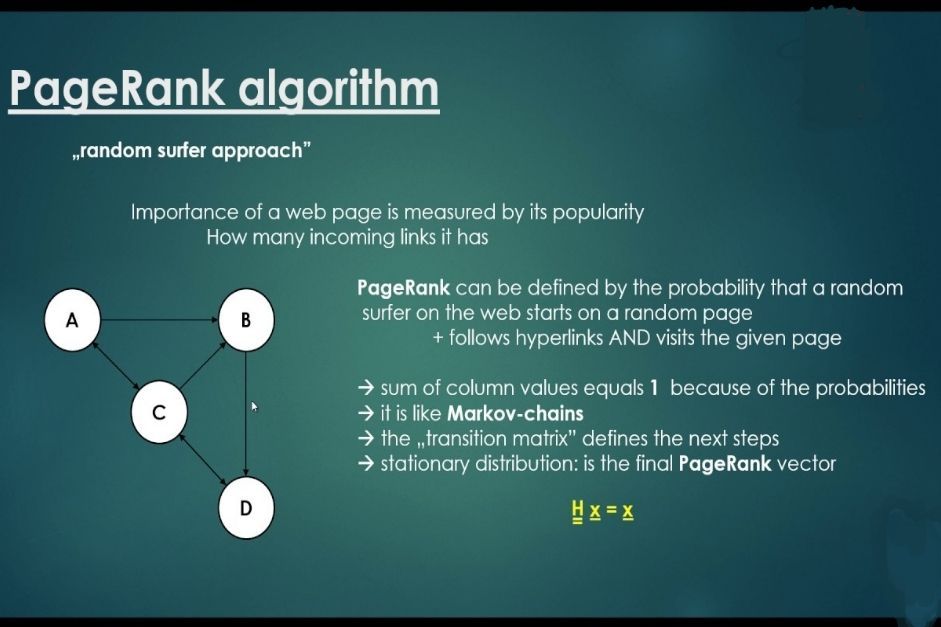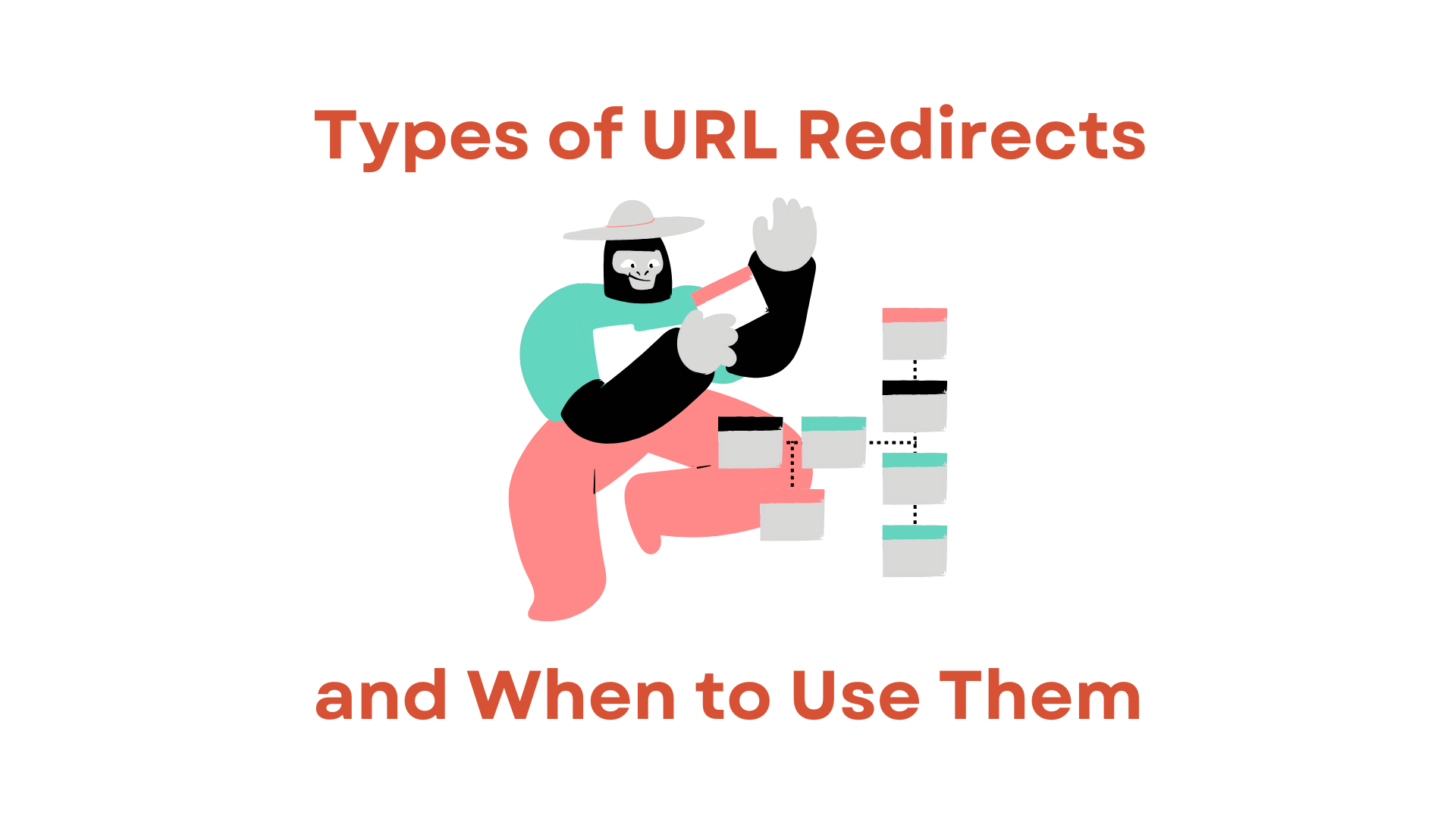In the dynamic world of Search Engine Optimization (SEO), the concept of link juice has remained constant. Link juice is a colloquial term in SEO, which refers to the value passed from one webpage to another through hyperlinks. Webmasters are often faced with the dilemma of handling this value when they restructure a website or move content from one URL to another. The 301 redirect is a popular tool in such cases. It is a permanent redirect from one URL to another. But does a 301 redirect pass link juice? This comprehensive article explores the various aspects of this question and provides a clear understanding to website owners and SEO professionals.
The Mechanics Of A 301 Redirect
Before diving into the relationship between 301 redirects and link juice, let’s explore what a 301 redirect actually entails. A 301 redirect is an HTTP status code. It informs search engines that a particular webpage has been moved permanently to a new location. This is in contrast to a temporary redirect, such as a 302, which implies that the move is only temporary. When search engines discover a 301 redirect, they will typically remove the old page from their index and replace it with the new one.
Why Use A 301 Redirect?
There are various reasons why a webmaster may decide to use a 301 redirect. These include:

- Website Restructuring: Sometimes, websites undergo major overhauls, which require pages to be moved.
- Consolidating Duplicate Content: When similar content exists on different pages, it is sometimes wise to merge them and redirect the old pages to the new ones.
- Changing Domain Names: When rebranding or changing the domain, a 301 redirect helps ensure that the traffic and authority of the old domain are passed to the new one.
Also Read: Learn How To Redirect A URL To Another URL Free Today!
301 Redirects And Link Juice: The Historical Context
Understanding the historical context regarding 301 redirects and link juice is vital. In the past, it was widely believed that 301 redirects only passed a fraction of link juice from the old URL to the new one. Many SEO professionals believed that using a 301 redirect could result in a loss of about 15% of the page’s original link juice. This was based on the assumption that a 301 redirect was treated similarly to a regular link by search engines.
Changing The Stance Of Search Engines
However, the landscape changed around 2016 when Google, the dominant search engine, clarified that 301 redirects no longer result in the loss of link juice. According to Google, 301 redirects now pass the same amount of link juice as a direct link. This was a significant change, and it meant that webmasters could now use 301 redirects without the fear of losing search engine ranking.
The Modern Understanding Of Link Juice Transfer
In light of Google’s statements, the modern understanding is that a 301 redirect effectively passes link juice. This has several implications for SEO strategy.
Effect On PageRank
PageRank is an algorithm used by Google Search to rank web pages in their search engine results. It works by counting the number and quality of links to a page to estimate its importance. Since 301 redirects now pass link juice effectively, they also preserve the PageRank of the redirected page.

User Experience And Site Structure
Aside from the direct SEO benefits, using 301 redirects to pass link juice also positively impacts user experience. Visitors expect to find relevant content When they follow a link to your website. Properly redirecting old URLs to new ones ensures that visitors do not encounter frustrating dead ends, thus improving the user experience. This can indirectly affect your SEO as search engines tend to favor websites that offer a good user experience.
Also Read: How To Redirect A URL In WordPress: A Comprehensive Guide
The Role Of 301 Redirects In Content Migrations
When migrating content within the same domain or to a new domain, 301 redirects play a critical role. Content migrations can be complex, and without properly setting up 301 redirects, you risk losing valuable link juice and search engine rankings.
Ensuring Seamless Transitions
During a content migration, it is essential to map each page from the old location to the most relevant page in the new location. This is best done through a 301 redirect, as it signifies a permanent move and ensures that search engines transfer the link juice and ranking signals to the new page.
Moreover, if the content migration involves changes in the URL structure, it is even more critical to use 301 redirects for every altered URL. This way, you’ll preserve the integrity of internal links, ensuring that they don’t break during the migration.
Best Practices For Implementing 301 Redirects
It is essential to follow best practices to make the most of 301 redirects.

Map Out Redirects Carefully
Before implementing redirects, plan them carefully. Ensure that each old URL is redirected to the most relevant new page. This ensures that link juice is passed to a page that is closely related to the original content.
Monitor Performance
After implementing 301 redirects, it’s crucial to monitor the performance of the redirected pages. Use tools like Google Search Console to check for crawl errors and ensure that search engines are correctly processing the redirects.
Also Read: Does Redirecting A URL Affect SEO? Explained
Avoid Redirect Chains
Redirect chains occur when a redirect leads to another redirect. This can not only slow down a page’s loading time but also risk the loss of link juice. It’s important to make sure that redirects are as direct as possible.
Also Read: Software as a service (SaaS) link building
Conclusion:
In conclusion, the 301 redirect is a powerful tool in an SEO professional’s arsenal. With the evolution of search engine algorithms, particularly Google’s, it is now widely accepted that a 301 redirect does pass link juice effectively. This enables webmasters to restructure or move content without the fear of losing the hard-earned value from inbound links. By following best practices and monitoring performance, 301 redirects can be employed strategically to preserve PageRank, enhance user experience, and ultimately contribute to the website’s SEO success.




